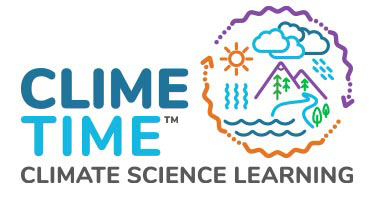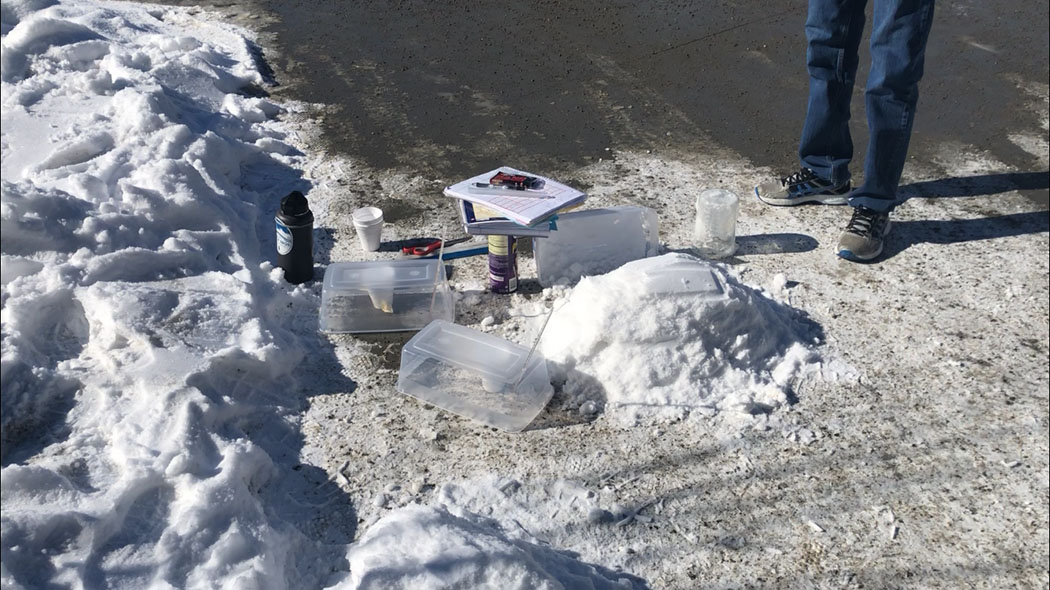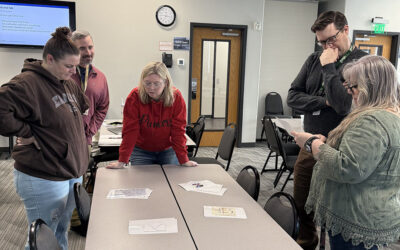10th grade students in Molly Ravitz’s class are using a unit developed by local teachers around local phenomenon. Students are testing out their lab design to investigate the insulating properties of snow and its effect of sub-talus temperature in the winter in order to conclude how a decreased snowpack might negatively impact pika habitat. Students filled cups with hot water to simulate pika heat, and placed them underneath a plastic bin with a thermometer sticking out to measure the air temperature in the bin. For their experimental setup, they buried the plastic bin under a mound of snow. Data showed a huge difference in temperature between the two set ups: the buried “environment” stayed warmer for each trial, proving that snow traps heat beneath it.
Educators Explore Innovative Outdoor Learning Through Phenology at Paschal Sherman Indian School
On February 27, 2025, more than a dozen educators gathered under blue skies on the scenic campus of Paschal Sherman Indian School to explore a unique approach to professional learning—connecting science, culture, and community through the study of phenology, or...




